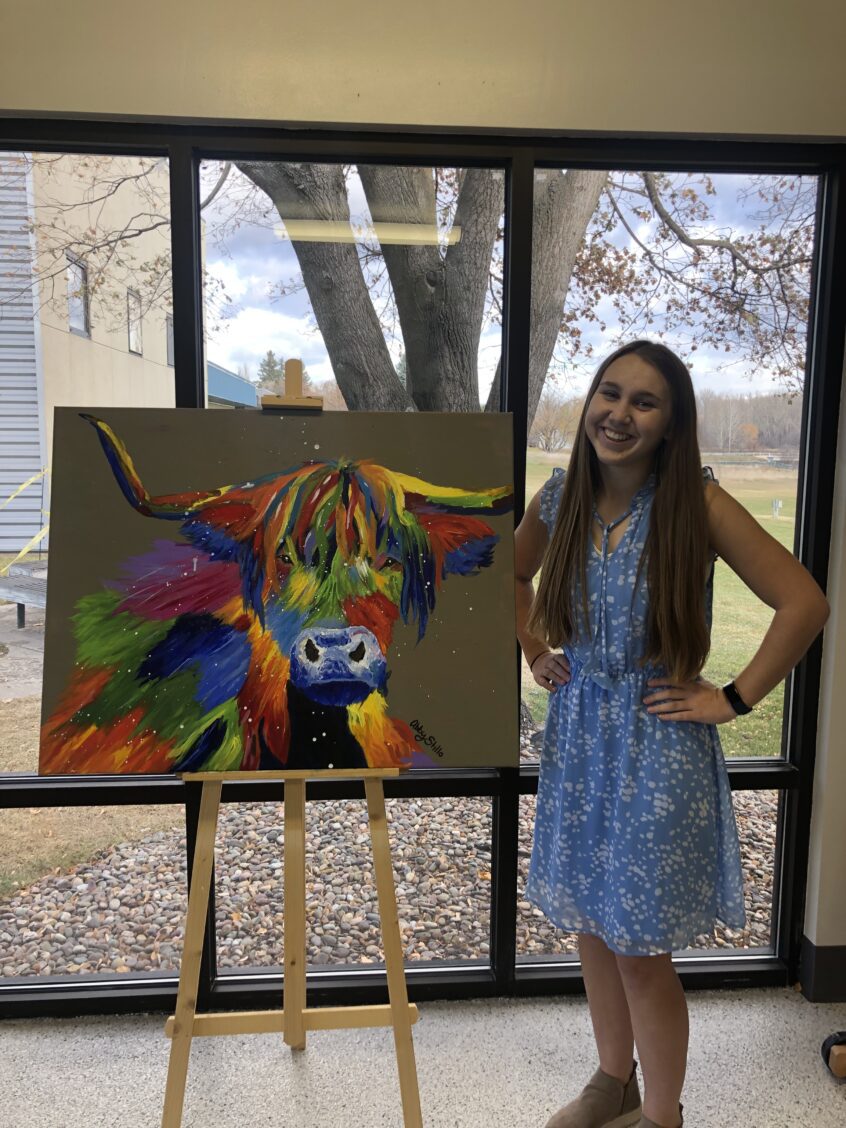Transformation: The Foundation

Transformation: The Foundation
by Mrs. Barbarba Beckwith, High School Art Teacher
Those who are ambitious can go beyond beginner status to seek out higher levels in art. It would be foolish, however, to believe that ambition alone leads to true artistic status.
What is eye-opening is that many of the great artists were not always great; each artist had a moment of transformation. Many great artists have seemingly overnight developed styles outside of the style of the day. My question as a professional in that field, is how? What is the root cause of the transformation? What decisions and factors changed their art?
After reflection and examination, I believe the answers to that lie in the foundation that allows for transformation lie in God, prayer, and continual learning. The idea of following a patch of curiosity until the weight of the new information overcomes the commitments of past understanding.
My approach when teaching is that without intentional growth, methodical study, composure when faced with setbacks, and the self-awareness to work at our God-given pace, we experience stagnation which prevents us from learning and living a full, rich creative experience.
That is why our program piggybacks on a series of lessons in the curriculum that builds on the previous tutorial. This starts in middle-school with Mrs. Candice Stephens. Each lesson helps transform the incomplete knowledge needed to go to the next step.
“What are these steps? So that it is implemented? Drawing on my own career and development I would propose these fundamentals: A willingness to accept your own strengths or weaknesses, the discipline to resist taking shortcuts, the humility to take the time necessary for you to learn at your pace, and the consistency to work irregardless of how youfeel in the moment. These fundamentals had been learned at my own personal cost.
I will share a few things I have learned about art and my own personal growth which structures teaching my students. You have to be willing to accept the natural God- given pace of the process you are executing. Resist the urge to take shortcuts, cheat or rush. There is no going around it. Trying to do so will reflect in your art. Believe me, it has cost me a few pieces. Furthermore, there is no such thing as a step by step system that results in a perfect product. You must be willing to keep working steadily without getting frustrated, upset, losing the right mindset or derailing your focus. Develop the awareness of when you’re becoming impatient so you can stop, step away, refocus, or just slow down. Work through your art steadily, stroke by stroke, part by part, stage by stage.
Most importantly painting/drawing can not be called art while the element of faith is absent. Struggles, talent, and passion, when combined with hard work, will create a unique outcome. No matter how dedicated and prepared you are, when making art, you are stepping into the wilderness. From this uncertainty, comes joy and wonder.
Ultimately, the goal of this curriculum is to gain a heightened sense of gratitude and understanding of the visual world by consciously breaking down the natural process of seeing; replacing what we thought we know with what is truly there.
“There is so much beauty around us for just two eyes to see. But everywhere I go I am looking.” -Rich Mullins

